How to build your perfect weight-loss workout routine.
By: Dan Welden
New year, new you, right? So you’ve committed to hitting the gym and eating healthy. Unfortunately, many people who have made this life-changing decision quickly give up because it’s too challenging or boring. Changing your fitness lifestyle is like quitting cigarettes: some people can quit cold turkey while others need a firm game plan.
Building the perfect workout plan can be difficult, and your eyes will surely glaze over looking at the thousands of plans that are detailed online. Which plan is right for you? Reduce the mental strain by focusing on some basic fundamentals of building an appropriate workout plan that will help you get and stay on track.
Before coming up with an unrealistic routine, know your schedule. Hectic and constantly changing schedules are one of the biggest obstacles to creating a lasting workout routine, and it’s usually work-related. Does something always pop up at the end of the day? Are you often called into the office early? Reflect on the past few months and look for patterns.
After identifying a pattern, think about how many days a week you’d like to work out. Remember that fitness is a marathon, not a sprint. For beginners, try three to four days a week, which has been the most realistic for my clients when starting a workout routine. After you’ve met this goal for a month, add another day. Your end goal should be five to six days a week, which took me about a year to hit consistently. Next, look at how much time you can dedicate per workout. Again, aim low and build up. I’d recommend starting with 45 minutes to an hour. If you plan three days a week for one hour per day, that’s only three hours per week out of your schedule.
Once you have your schedule, it’s time to create a routine. If weight loss and toning are your main goals, here’s what you should focus on for the first month. As always, get a complete physical and let your doctor know your intentions before making any drastic changes to your lifestyle!
Flexibility: Many people who want to lose weight have a sedentary lifestyle, so their flexibility is often limited. In order to do many weight-lifting movements, flexibility is key; if you’re not flexible, your poor form puts you at a higher risk for injury.
H.I.I.T.: Think of H.I.I.T., or High Intensity Interval Training, as walking, running, walking, running. You’re basically exerting more energy than usual for bursts, then allowing a brief cool down before exerting energy again. With weight loss, always start with low-impact H.I.I.T such as biking, elliptical, or swimming. If you suffer from obesity, asthma, heart problems, or any other physical limitations, start super-slow and work with a weight-loss specialist. Some insurance companies will even pay for an appropriate specialist to help with extreme weight loss.
Core: A sedentary lifestyle also means a weak core. Although this isn’t scientific, think of core muscles as midsection muscles. Core exercises, according to the Mayo Clinic, “train the muscles in your pelvis, lower back, hips and abdomen to work in harmony. This leads to better balance and stability, whether on the playing field or in daily activities. In fact, most sports and other physical activities depend on stable core muscles.” You’ll need a stable core before you start throwing weights around.
Weight training: With limited flexibility and a weak core, it’s extremely difficult to perform many essential movements correctly. When weight training, stick with high-repetition, low-weight exercises. Your connective tissue and muscles may not be ready to take on tremendous strain, so you’ll need time to prepare those ligaments, tendons, and muscles for any heavy lifting while you improve your flexibility and core strength. Again, start slow.
There are many websites, such as bodybuilding.com, that can help you create your workout plan, which should be changed periodically to prevent plateauing. Once you have a plan, show it to a fitness expert and discuss any medical issues with your doctor before starting it. If you don’t have the time or patience to create your own plan, get help from a personal trainer. A realistic plan is your best bet for transforming your body in 2016.


